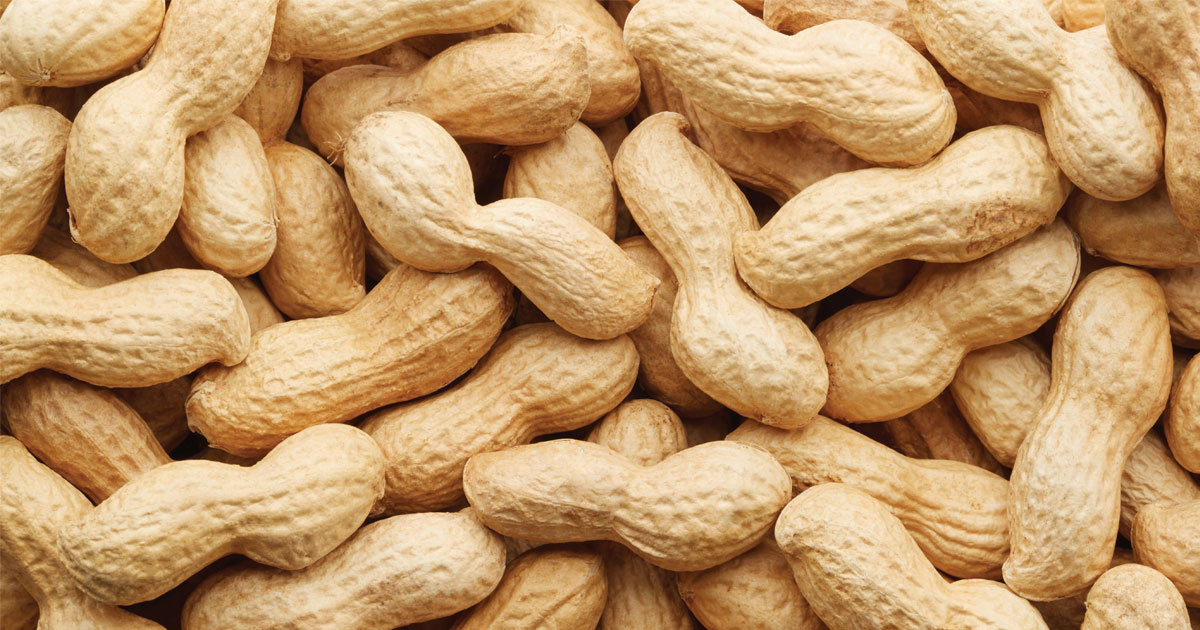Americans love peanuts. Here’s the proof: the average American eats about seven pounds of peanuts and peanut products every year. And, in case you want to mark it on your calendar, National Peanut Butter Day is celebrated in the United States on January 24.
If you are a true fan of all things peanut-y, you should score well on this quiz about the humble and much beloved peanut. (The answers are at the bottom. Give yourself 10 points for each correct answer and 15 points for the extra credit question. No peeking at the answers until you finish the quiz!)
True or False: Peanuts are not really nuts.
Which of the following is another name for peanuts?
- Ground nuts
- Goobers
- Ground peas
- All of the above
True or False: George Washington Carver invented peanut butter.
In 1895, a physician named John Kellogg marketed peanut butter as:
- A protein substitute for patients who could not chew solid food
- An edible surgical glue
- A binding ingredient in the manufacture of pills
- A pacifier for colicky infants
What year did peanut butter become commercially available?
- 1899
- 1922
- 1958
- 1980
In what percentage of American households is peanut butter found?
- 52%
- 80%
- 94%
- 99.5%
What percent of Americans are allergic to peanuts?
- 10%
- 5%
- 35%
- 1% or less
True or False: peanuts are a heart-healthy food.
What are the two main types of peanut butter?
- crunchy and munchy
- smooth and rippled
- chocolate and vanilla
- smooth and crunchy
How much money do Americans spend on peanut butter each year?
- $100 million
- $50 million
- $800 million
- $1 billion
EXTRA CREDIT: What is the scientific name of the peanut plant?
- Arachis hypogaea
- Homo sapiens
- Mangifera indica
- Solanum lycopersicum
Answers
- False. From a botanical point of view, peanuts are not really nuts because they grow underground. True nuts grow above the ground in trees. Peanuts are actually shell-enclosed, edible seeds of a type of legume plant that is related to both peas and beans. However, for culinary, nutritional, and research purposes, peanuts are considered to be nuts.
- D, all of the above.
- False. While George Washington Carver discovered more than 300 ways to use peanuts, he did not invent peanut butter. The ancient Aztecs and Incas ground up roasted peanuts and turned them into the paste we now lovingly refer to as peanut butter.
- A. Dr. Kellogg marketed peanut butter as a protein substitute for patients who could not chew solid food.
- 1922
- C. Peanut butter can be found in 94% of American households, according to the National Peanut Board.
- D. According to the Peanut Institute website, “About 0.6 – 1.0 % of people have peanut allergy, which can vary from mild to severe.”
- True. Peanuts meet the American Heart Association’s criteria for a heart-healthy food. Eating an ounce to an ounce and-a-half of peanuts once or twice a week can reduce your risk of heart disease by 25%.
- D. The two main types of peanut butter are smooth and crunchy (also called chunky). The texture of crunchy peanut butter is due to small, coarsely-ground peanut fragments blended into the creamy mixture.
- $800 million
EXTRA CREDIT
- Arachis hypogaea (Homo sapiens is the scientific name for humans;Mangifera indica is the the mango; Solanum lycopersicum is the tomato plant).



















